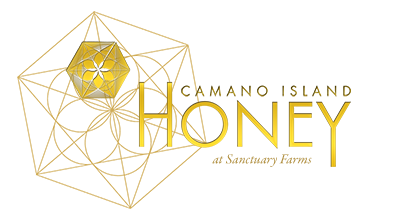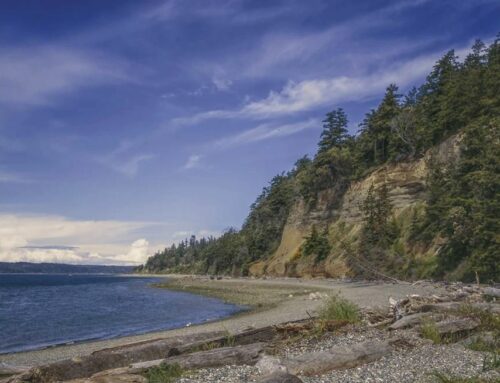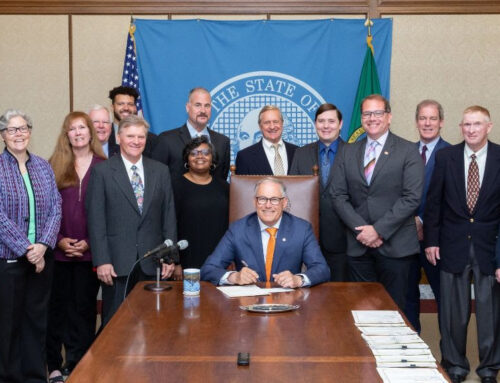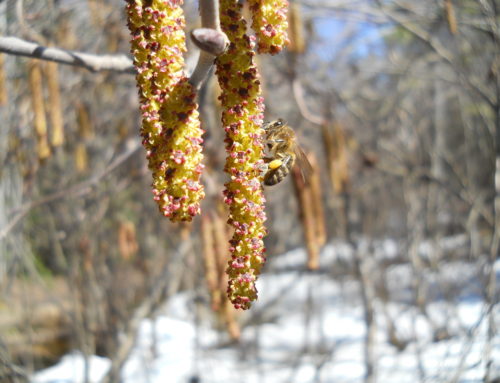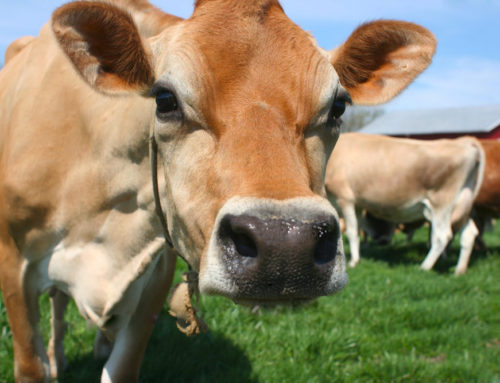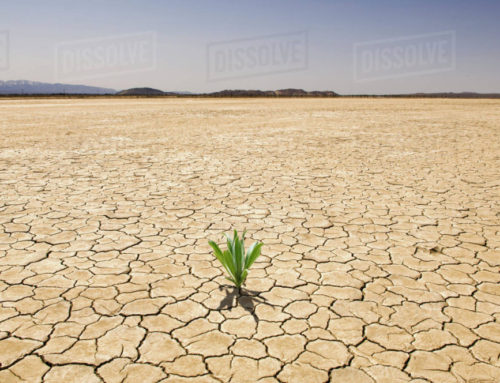There is gardening then there’s a level above that I like to think of as environmental synergy….kind of like 3D chess, thinking on multiple levels knowing that one move can affect the game 360° in any direction. I know gardening as a hobby isn’t supposed to be that complex, right? It’s supposed to be relaxing and take your mind off of complex issues, but what if it wasn’t that hard to elevate gardening to be holistic, about supporting the environment on numerous levels, not just getting something for it – aesthetics, or fruits and vegetables, but about giving something back? What if we could make a difference – positive impact? Well we can and it can be simple too!!

Pollinator habitat garden
Planting flowers, trees and shrubs is usually an arrangement process, what goes where is determined by shape, size, color, etc. You don’t want to block a view, but sometimes you do want to block a window for privacy. It can be daunting, when you have to anticipate not only what it’ll look like in your yard today when you plant it, but 25 years from now when it has taken over the yard! Now we’re adding a more esoteric level, how does this affect the environment and its inhabitants? Sometimes it’s just too much to think about. What if we take it in baby steps though, and just pick minor players for the short term – things become more enjoyable, flexible, less stressful, and ultimately easier to change. Think flowers first, annuals are easy….perennials are easier in the long term, and start small – one bed at a time.
Bees are all about efficiency. They believe in the freeway to food concept – they fly one direction for a specific amount of time expecting that they’ll get a full load at the destination and then come home. Bees rarely fly from yard to yard picking nectar sources unless it’s toward the end of a bloom season and they can’t get a full load in one place. So planting a bed or two of the same flowers or multiple species that all like the same conditions works for everyone. Plants that have the same soil and water requirements. You get to tend it routinely the same for all the plants in the bed, and the bees get to go from flower to flower in the bed collecting nectar without slowing down to think about where the next flower is. There is nothing as stunning as a whole bed of California Poppies!!
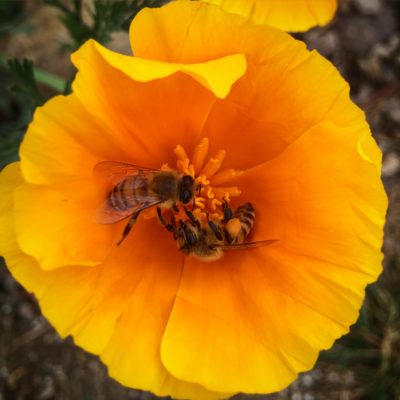
California poppies are really easy!!
What to plant is also a huge lifetime of learning endeavor, you don’t want to be a botanist or master gardener, you just want some color in the yard. A plus would be color throughout the spring/summer/fall seasons and you don’t want to tend it everyday, understand. For example, Daylilies and Irises will completely take over a bed, so it’s weed free in a year or two – zero maintenance. For the fall dearth asters of all kinds are very useful to pollinators – crysanthemums, dandelions, and open faced dahlias. Let’s look at what’s available and how to check all the boxes on the “must have” list.

Some ideas for pollinator plants, shrubs and trees
Color is easy, there are tons of really beautiful annuals and perennials that are easy maintenance. Some of the most liked plants for honey bees are the African Blue Basil, Catmint, and Borage, although all the herbs seem to be visited regularly at my house!! I’ve attached a photo of a list given to me by Stephanie Oxborough, a local gardener extraordinaire, for what to plant, as well as some tips that follow on how to plant for pollinators:
- Plant large groups of the same flower – bees tend to only visit one type of flower per foraging trip.
- Be careful with mulch – if you’re trying to attract native bees they often nest in the ground and deep mulch inhibits their ability to burrow.
- Ask the nursery you get your plants from if they are treated with pesticide – the popular treatment these days is neonicotinoids and can be toxic to pollinators.
- Make sure the plants you choose are not toxic to pollinators (Rhododendron are toxic to honey bees).
- Choose some species that will bloom during the dearth season (late May and the August/September/October periods).
Well, there you have some ideas on how to have pollinators in your yard all season long. Happy planting!!
